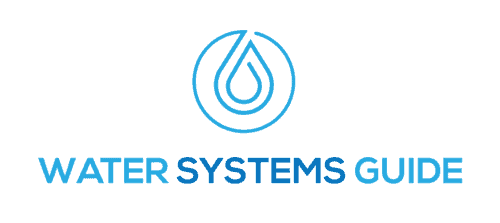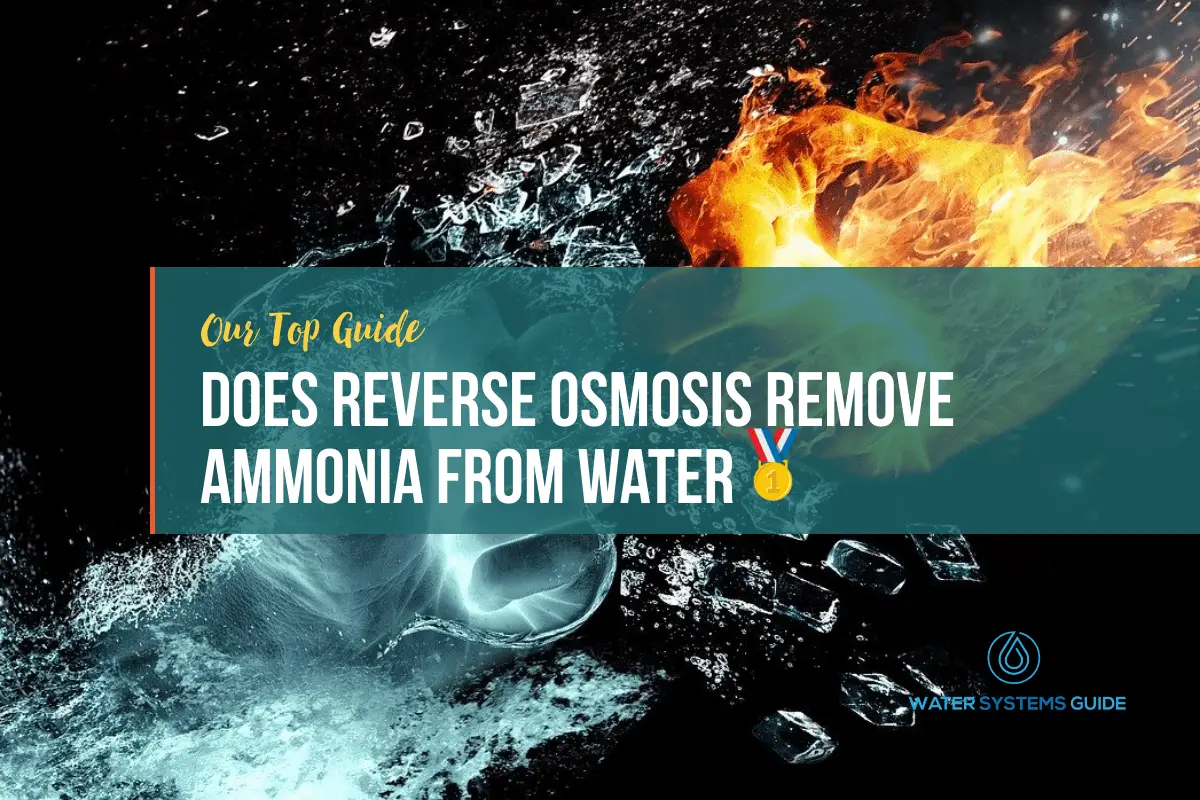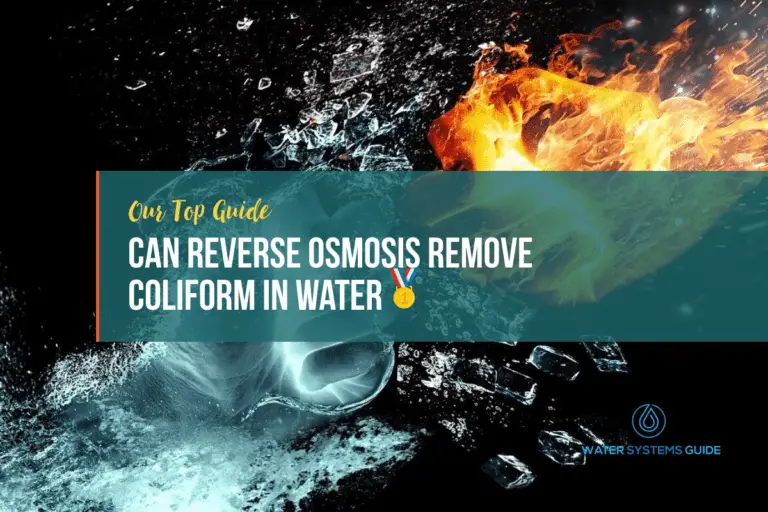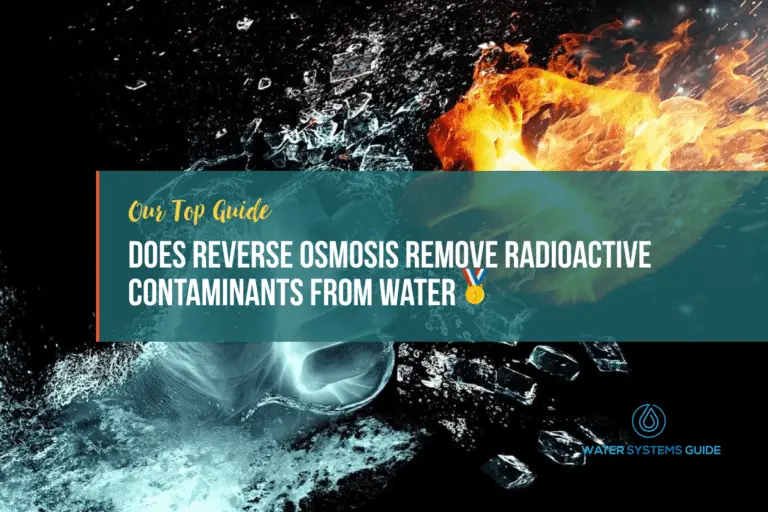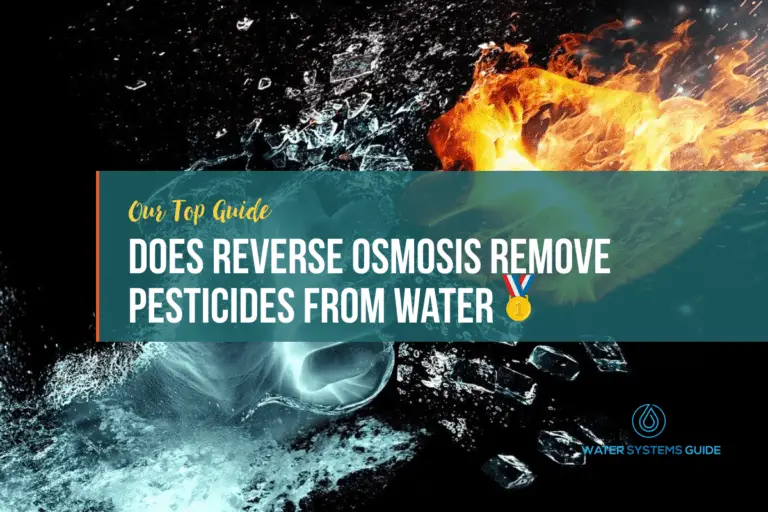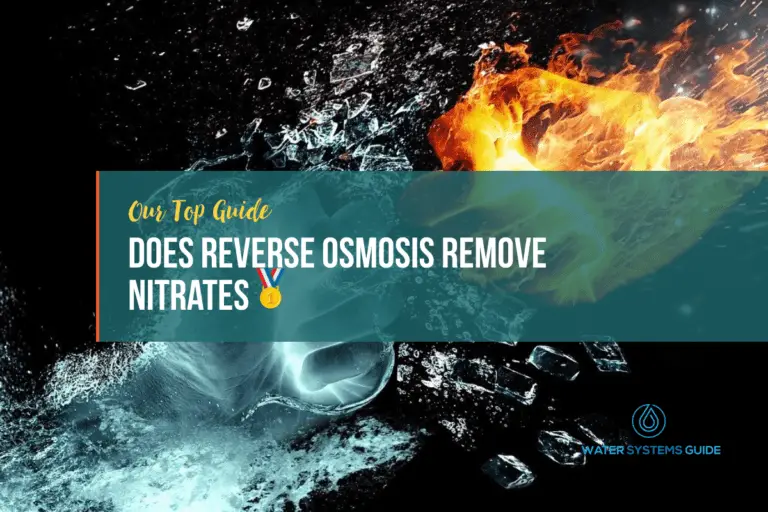Does Reverse Osmosis Remove Ammonia From Drinking Water
How Does Reverse Osmosis Work?
What is ammonia and where is it usually found?
Ammonia is a colorless gas with a strong, pungent odor. It is a compound of nitrogen and hydrogen, and is usually found in either gaseous or liquid form.
Ammonia is produced naturally by the decomposition of organic matter, and is also used in many industrial processes. It is a key ingredient in the production of fertilizers, explosives, and cleaning products. It is also a major component of animal waste.
Ammonia has a strong odor and can be harmful to humans if inhaled in large quantities, and can also be fatal to plants and animals.
With that being said, how exactly does ammonia get into the water supply?
How does ammonia get into a home’s water supply
There are a few ways that ammonia can get into a home’s water supply.
Ammonia can enter the water through natural sources, like decomposing leaves or animal waste.
It can also come from human activities, like sewage treatment, or as a by-product of many industrial processes.
It can enter a home’s water supply through either atmospheric contamination or from the release of ammonia-containing wastes into surface or groundwater.
Additionally, if there is an agricultural farm nearby, with the use of fertilizers, ammonia can leach into the water from certain types of rocks or soil.
With that being said, what’s the impact of ammonia exposure on human health.
The Impact Of Ammonia Exposure on Human Health
Exposure to high levels of ammonia can have a range of negative effects on human health, from irritating the eyes and skin to causing more serious problems like difficulty breathing and damage to the lungs. Inhaling large amounts of ammonia can also lead to more severe health issues. Ammonia is a common industrial chemical and is also found in household cleaning products, so it’s important to be aware of the potential risks of exposure.
Although “the blood ammonia level in a healthy adult is in a range of 15 to 45 micrograms/dL”, further exposure to ammonia or ammonium is highly toxic for the body and liver, so it is important to take steps to reduce your exposure if you live in an area with high levels.
Therefore, it’s crucial to ensure that if your water is contaminated, you have a water filtration system in place to remove such a harmful substance.
Does Reverse Osmosis Remove Ammonia From Water?
Reverse osmosis is a filtration process that is used to remove impurities from water. The process works by using a semi-permeable membrane to filter out contaminants. One of the contaminants that can be removed by reverse osmosis is ammonia (ammonium). Ammonia is a chemical compound that is often found in water supplies. It can be harmful to humans if it is ingested in large quantities. Reverse osmosis can remove ammonia from water, making it safer to drink.
What Exactly Does Reverse Osmosis Remove?
How Do I Know If My Water Is Contaminated With Ammonia?
If you are concerned about radon in your water, there are a few things you can do to test for it. You can purchase a do-it-yourself kit from a hardware store or contact a professional who specializes in testing for radon.
When testing for radon, it is important to test all the sources of water in your home, including well water, surface water, and municipal water. Radon can enter your home through any of these sources.
If you find that your water is contaminated with radon, there are a few things you can do to reduce your exposure. You can install a point-of-use treatment system, which will remove radon from your water before it enters your home. You can also have your well water tested regularly and ventilate your home to reduce the amount of radon that is present.
Alternative Ways To Remove Ammonia From Your Home’s Water Supply?
According to several studies, and reputable entities like the Oregon Environment Of Public Health Department, “Ammonia may be removed by ion exchange, distillation or reverse osmosis”.
However, as expected the effectiveness of these systems will vary based on numerous factors, including build-quality, number of filters, etc.
With that being said, in general, all of the above mentioned systems are effective at removing ammonia from water, making it safe to drink.
If you have further questions about reducing ammonia levels, talk to your doctor or a certified professional about the best way to remove it from your water supply.
Conclusion
In conclusion, does reverse osmosis remove ammonia? Yes, it does, alongside a few of the other methods described above.
